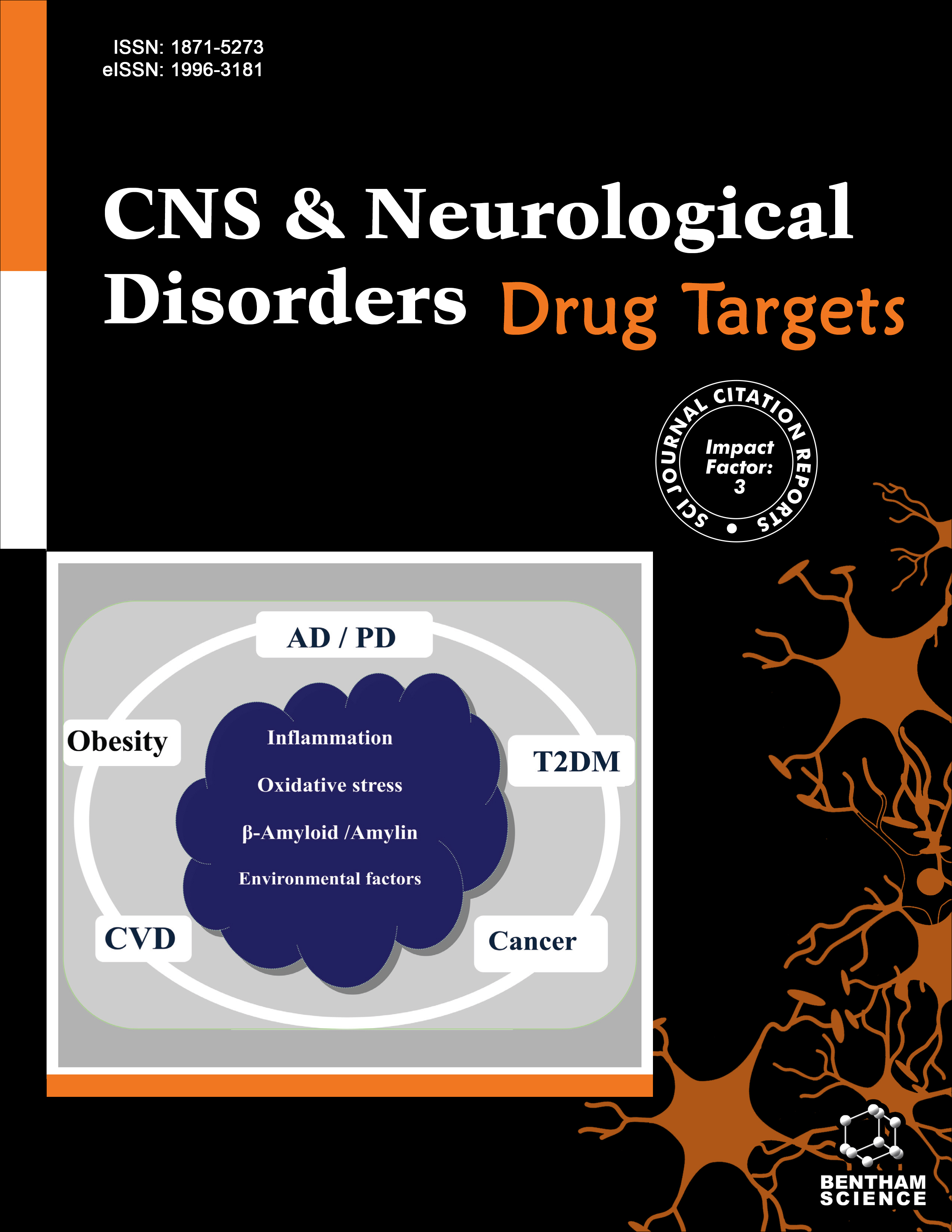
Full text loading...
We use cookies to track usage and preferences.I Understand
Neurotrophins are essential factors for neural growth and function; they play a crucial role in neurodegenerative diseases where their expression levels are altered. Our previous research has demonstrated changes in synaptic plasticity and neurotrophin expression levels in a pharmacological model of Huntington's disease (HD) induced by 3-nitropropionic acid (3-NP). In the 3-NP-induced HD model, corticostriatal Long Term Depression (LTD) was impaired, but neurotrophin-3 (NT-3) restored striatal LTD. This study delves into the NT-3-induced signaling pathways involved in modulating and restoring striatal synaptic plasticity in cerebral slices from 3-NP-induced striatal degeneration in mice in vivo.
Phospholipase C (PLC), phosphatidylinositol-3-kinase (PI3K), and mitogen-activated protein kinase (MEK)/extracellular signal-regulated kinase (ERK) pathways activated by NT-3 were analyzed by means of field electrophysiological recordings in brain slices from control and 3-NP treated in the presence of specific inhibitors of the signaling pathways.
Using specific inhibitors, PLC, PI3K, and MEK/ERK signaling pathways contribute to NT-3-mediated plasticity modulation in striatal tissue slices recorded from control animals. However, in the neurodegeneration model induced by 3-NP, the recovery of striatal LTD induced by NT-3 was prevented only by the PLC inhibitor. Moreover, the PLC signaling pathway appeared to trigger downstream activation of the endocannabinoid system, evidenced by AM 251, an inhibitor of the CB1 receptor, also hindered NT-3 plasticity recovery.
Our finding highlights the specific involvement of the PLC pathway in the neuroprotective effects of NT-3 in mitigating synaptic dysfunction under neurodegenerative conditions.

Article metrics loading...

Full text loading...
References


Data & Media loading...
Supplements

